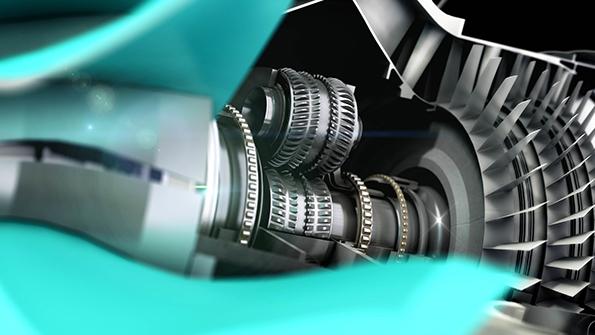
If you’re not following the development of new engine technologies, you should if your business includes propulsion maintenance because big changes could be coming.
First, consider that engine MRO accounts for about 40% of total aftermarket expenditures and that many engines are covered by flight-hour agreements that (not surprisingly) charge on a flight-hour basis whether the aircraft flies with a 30% or 90% load factor. “Airlines are very, very good at working out the cost and value that they have in every engine,” says Sash Tusa, an Agency Partners aerospace analyst, so he expects a disruption in engine scheduling within the next 18 months. Did OEMs’ lucrative flight-hour service agreements reach their peak before the pandemic without them knowing it?
Meanwhile, the push for more sustainable operations and lower carbon emissions is accelerating the development of alternative propulsion technologies based on all-electric, hybrid-electric and hydrogen power. While an all-electric 100-plus-seat aircraft is unlikely in the near future, “different flavors of electric” will start to emerge over the next few years, on everything from commuter and regional aircraft to single and twin-aisle transports, says my colleague Guy Norris, a propulsion specialist and author of Inside MRO's September Viewpoint (page MRO31).
Ranging from higher-energy-density batteries and embedded motor/generators to distributed propulsion systems driven by hybrid-electric engines or hydrogen fuel cells, these technologies could also lead to significantly more efficient future airliner designs. There will be innovations as well over “the next few decades that will creep in in ways we didn’t expect,” he predicts.
Since the 1960s and ’70s, when engines such as the Pratt & Whitney JT8D and General Electric CF6 enjoyed 50 years of service, each subsequent decade has shaved off several years of engine life, Tusa pointed out during a recent Aviation Week webinar. The 1980s-era engines’ lifespan maxes out at about 40 years, while the 1990s engines’ expected duration decreases by about another 10.
What does that mean for today’s newest engines such as the Pratt & Whitney geared turbofan, the CFM International Leap and General Electric GE9X? Tusa predicts their lifespans will shorten to two decades, “given the immense pressure on the industry to move to more-electric or alternative fuel” versions to decrease emissions. OEMs have done a good job producing incremental improvements, but the industry needs a bigger leap.
So how will this affect the aftermarket?
Sustainable fuels work with existing engines and hydrogen needs a “high-temperature gas generator,” so the aftermarket is less affected by those two alternatives, says Tusa. Hybrid-electric still requires a gas turbine core, but due to the lower power output, aftermarket demand as we know it could be reduced, he believes. However, the all-electric engine will require a different aftermarket model.
Tomorrow’s engines could dictate some significant changes for MRO. So keep an eye on this space.





